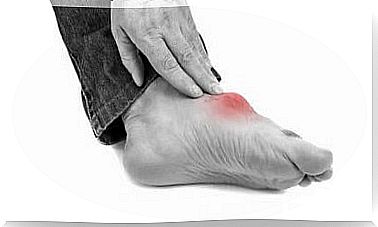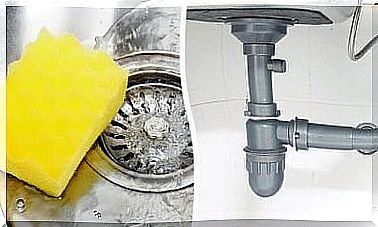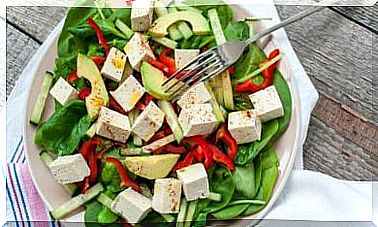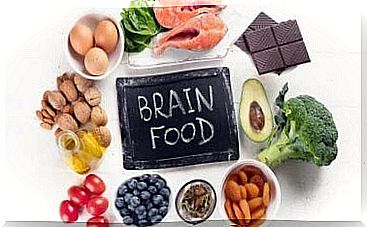Home Remedies For Wasp Sting Pain
Wasp stings can cause swelling and pain. While you should be on the lookout for possible allergic reactions, both of these symptoms can be alleviated with home remedies – ask!
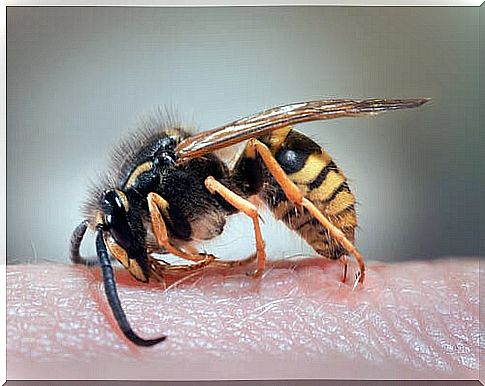
The pain from wasp stings usually subsides on its own after a few hours. However, some seek remedies to soothe it, as the sensation is very uncomfortable. Fortunately, unless there are signs of an allergic reaction, this is a symptom that can be improved at home.
Allergic reactions to these types of stings require immediate medical attention. There is a risk of anaphylactic shock, which is a serious reaction that can lead to rashes, difficulty breathing, dizziness, and other complications that can be life-threatening.
Fortunately, these types of reactions are rare, and most of the time, the discomfort caused by these bites can be treated naturally, with home remedies and basic care. In the following space, we detail some options.
Pain caused by wasp stings: useful remedies
When faced with the pain caused by wasp stings, it is important to learn how to act correctly. So, the first thing to do is to check if its stinger is inserted into the skin. If so, it should be carefully removed by gently scraping the surface of the skin with the edge of a card.
Then we will have to clean the affected area with warm water and neutral soap. If we have an antiseptic on hand, now is a good time to use it. And what can we do about the pain and the swelling? After a few minutes, we may feel a burning sensation and pain.
To control these symptoms, we can resort to soothing remedies made from natural ingredients. However, we must keep in mind that they provide temporary relief and are not always effective. Most of them come from popular wisdom and there is no evidence of their effectiveness against these types of symptoms.
Cold compresses

Cold compresses are good options to soothe the pain caused by wasp stings. In fact, the recommendation is to apply them after the affected area has been disinfected. According to a publication from the University of Rochester Health Library, the cold reduces pain by numbing the affected area of the body. It also reduces swelling.
How to use them?
- To remedy this, we have two options. The first is to moisten a towel with cold water and put it in an airtight bag. Then it should be placed in the freezer for 15 minutes and after this time apply it to the affected area.
- Another option, faster than the previous one, is to wrap the ice cubes in a towel or cloth. Then we use them to gently massage the sting area.
Essential oils
To date, the evidence does not link the use of essential oils to pain relief from wasp stings. However, they have long been used as a soothing and antiseptic remedy.
According to a study published in Evidence-Based Complementary and Alternative Medicine , these oils have antimicrobial properties that decrease the risk of infection.
How to use them?
- For starters, we can choose options such as tea tree, lavender or rosemary essential oils, which are characterized by their antiseptic and antibacterial properties.
- Next, we need to mix one or two drops with half a teaspoon of carrier oil, which can be olive or coconut.
- Then rub the mixture on the affected area, two or three times a day.
Aloe vera gel
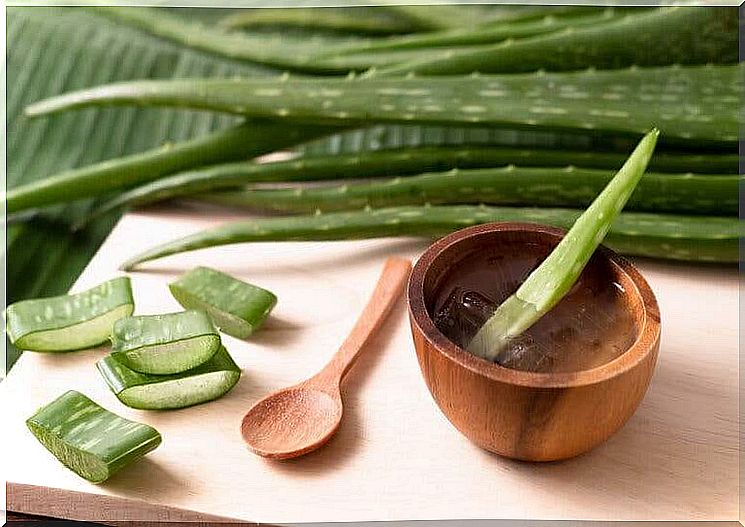
Besides being a safe ingredient to apply to the skin, aloe vera gel can act as an adjuvant to reduce inflammation and pain caused by wasp stings.
A study published in the medical journal Pharmacognosy Reviews points out that extracts of this ingredient have anti-inflammatory and anti-bacterial properties. It can therefore be useful for this type of discomfort.
How to use it ?
- First, you need to extract fresh aloe vera gel. Then it should be rubbed on the area affected by the bite for two or three minutes.
- Repeat its use twice a day.
What else can you do about wasp sting pain?
In addition to the aforementioned remedies, we can apply other measures to relieve the pain caused by these stings. According to the Mayo Clinic, you can try a hydrocortisone cream or take an antihistamine. These two measures help reduce redness and itching.
It is also helpful to use calamine lotion and take an over-the-counter nonsteroidal anti-inflammatory drug (NSAID). The latter should be taken as recommended by your doctor or pharmacist. In any case, if your symptoms do not improve or get worse, it is best to see a doctor.
